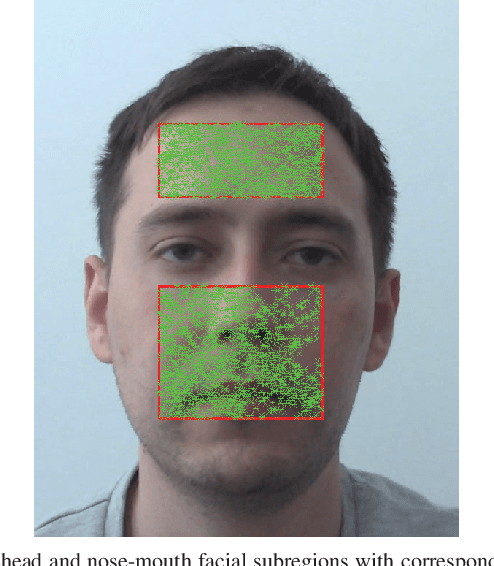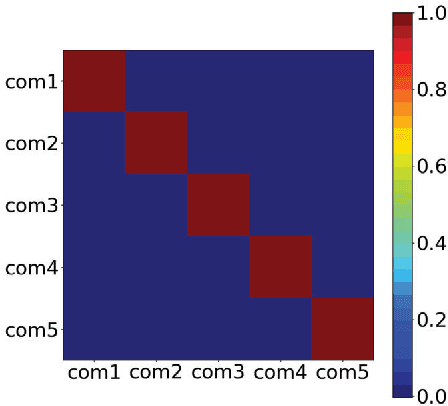Towards Human Pulse Rate Estimation from Face Video: Automatic Component Selection and Comparison of Blind Source Separation Methods
Paper and Code
Oct 28, 2018



Human heartbeat can be measured using several different ways appropriately based on the patient condition which includes contact base such as measured by using instruments and non-contact base such as computer vision assisted techniques. Non-contact based approached are getting popular due to those techniques are capable of mitigating some of the limitations of contact-based techniques especially in clinical section. However, existing vision guided approaches are not able to prove high accurate result due to various reason such as the property of camera, illumination changes, skin tones in face image, etc. We propose a technique that uses video as an input and returns pulse rate in output. Initially, key point detection is carried out on two facial subregions: forehead and nose-mouth. After removing unstable features, the temporal filtering is applied to isolate frequencies of interest. Then four component analysis methods are employed in order to distinguish the cardiovascular pulse signal from extraneous noise caused by respiration, vestibular activity and other changes in facial expression. Afterwards, proposed peak detection technique is applied for each component which extracted from one of the four different component selection algorithms. This will enable to locate the positions of peaks in each component. Proposed automatic components selection technique is employed in order to select an optimal component which will be used to calculate the heartbeat. Finally, we conclude with a comparison of four component analysis methods (PCA, FastICA, JADE, SHIBBS), processing face video datasets of fifteen volunteers with verification by an ECG/EKG Workstation as a ground truth.
 Add to Chrome
Add to Chrome Add to Firefox
Add to Firefox Add to Edge
Add to Edge